The Hull: Understanding the Raft's Main Body
The hull is the main body of the raft and consists of multiple air chambers. The air chambers provide buoyancy and keep the raft afloat. Rafts come in different sizes and shapes, and the hull's design varies accordingly. Some rafts have a self-bailing system that drains water from the raft's bottom, while others require manual bailing.
It's essential to choose a raft with a sturdy hull that can withstand the rough waters. The material used for the hull can range from PVC to Hypalon, with each having its advantages and disadvantages. PVC is more affordable, lightweight, and easy to repair, while Hypalon is more durable, UV-resistant, and can withstand extreme temperatures. It's important to consider the type of water you'll be rafting in before choosing a raft with a suitable hull material.
The hull also has a distinctive front and back, known as the bow and stern. The bow is the front of the raft and is responsible for breaking through waves and providing directional control. The stern, on the other hand, is the back of the raft and serves as a pivot point for steering. Understanding the bow and stern's functions is crucial to navigate through the rapids safely.
The Floor: Where to Stand and Sit on a Raft
The floor of the raft is where you stand or sit during the rafting trip. The floor is typically made of a non-slip material that provides traction, even when wet. Depending on the raft's size, there may be several floors or compartments that separate the passengers.
When rafting, it's important to distribute the weight evenly across the raft to maintain stability. The guide will instruct the passengers on where to sit to balance the weight. In general, the heavier passengers should sit in the middle, while the lighter ones can sit at the front or back.
The floor also has thwarts, which are inflatable crossbars that provide additional support and stability. Thwarts act as a brace for the passengers and prevent them from falling overboard. It's crucial to hold on to the thwarts during the rapids to avoid getting thrown off the raft.
The Frame: The Skeleton of the Raft
The frame is the skeleton of the raft and provides structure and support to the hull. The frame is typically made of aluminum or steel and consists of several components such as bars, fittings, and connectors. The frame's design varies depending on the raft's size and type, but it's essential to choose a frame that's sturdy and lightweight.
The frame's main function is to hold the raft together and provide a platform for the passengers. The frame also has attachment points for the oarlocks, which serve as the steering mechanism. The oars are attached to the oarlocks, and the passengers use them to paddle the raft through the rapids.
The frame's design also affects the raft's maneuverability and stability. Rafts with wider frames are more stable but less maneuverable, while those with narrower frames are more agile but less stable. It's important to choose a frame that suits your rafting needs and preferences.
The Oarlocks: The Steering Mechanism
The oarlocks are the steering mechanism of the raft and are attached to the frame. The oarlocks consist of a metal sleeve that holds the oar and allows it to pivot. The guide uses the oars to steer the raft through the rapids and avoid obstacles.
The oarlocks' position affects the raft's maneuverability, and it's essential to adjust them according to the water conditions. Moving the oarlocks forward makes the raft more agile, while moving them backward makes it more stable. The guide will adjust the oarlocks to suit the water conditions and ensure a safe and enjoyable rafting experience.
The Oars: Paddling Techniques and Strokes
The oars are the paddles used to steer the raft through the rapids. The oars consist of a blade, a shaft, and a handle. The blade is the paddle's flat end that pushes against the water, while the shaft is the long handle that connects the blade to the oarlock.
The guide will instruct the passengers on the paddling techniques and strokes required to navigate through the rapids. The most common paddling strokes are the forward stroke, the backstroke, and the drawstroke. The forward stroke is used to move the raft forward, the backstroke to move it backward, and the drawstroke to turn it.
The guide will also instruct the passengers on the paddling commands, such as "forward," "back," "stop," and "left/right." The passengers must paddle together and follow the guide's commands to ensure a safe and enjoyable rafting experience.
3 Kayaking Strokes You Need To Know | How To Kayak
The Rafting Gear: Personal Flotation Devices and Helmets
Rafting gear is essential to ensure your safety during the trip. Personal flotation devices (PFDs) are mandatory and must be worn at all times. PFDs are designed to keep you afloat and provide buoyancy in the water. They come in different sizes and designs and must fit properly to be effective.
Helmets are also essential to protect your head from injury during the trip. Helmets come in different sizes and designs and must fit properly to be effective. It's important to choose a helmet that's comfortable and provides adequate protection.
Other essential rafting gear includes wetsuits, drysuits, and splash jackets, depending on the water conditions. It's important to dress appropriately for the trip and choose gear that's suitable for the weather and water conditions.
Raft Capacity: How Many People Can a Raft Hold?
Rafts come in different sizes and can hold varying numbers of passengers. The raft's capacity is determined by the size of the hull and the weight it can support. It's essential to choose a raft that can accommodate your group size and weight.
Overloading the raft can affect its stability and maneuverability and increase the risk of capsizing. It's important to follow the guide's instructions on the number of passengers and weight limit for the raft.
Maintenance and Repair: Taking Care of Your Raft
Maintaining and repairing your raft is essential to ensure its longevity and safety. Rafts require regular cleaning, drying, and storage to prevent mold and mildew growth. It's also essential to inspect the raft for any damages, such as punctures or tears, and repair them promptly.
It's important to follow the manufacturer's instructions on how to maintain and repair your raft. Proper maintenance and repair can extend your raft's lifespan and ensure a safe and enjoyable rafting experience.
Understanding the Anatomy of a Raft to Enhance Your Rafting Experience
Understanding the anatomy of a raft is essential to enhance your rafting experience. Each part of the raft serves a specific purpose and plays a vital role in keeping you afloat and providing stability and maneuverability. From the hull to the oarlocks, each component contributes to the raft's performance and safety.
Before embarking on your next rafting adventure, make sure to familiarize yourself with the raft's anatomy and how it works. Follow the guide's instructions and use the proper gear to ensure a safe and enjoyable trip. Remember to maintain and repair your raft regularly to ensure its longevity and safety. With these tips, you can have a memorable and thrilling rafting experience.
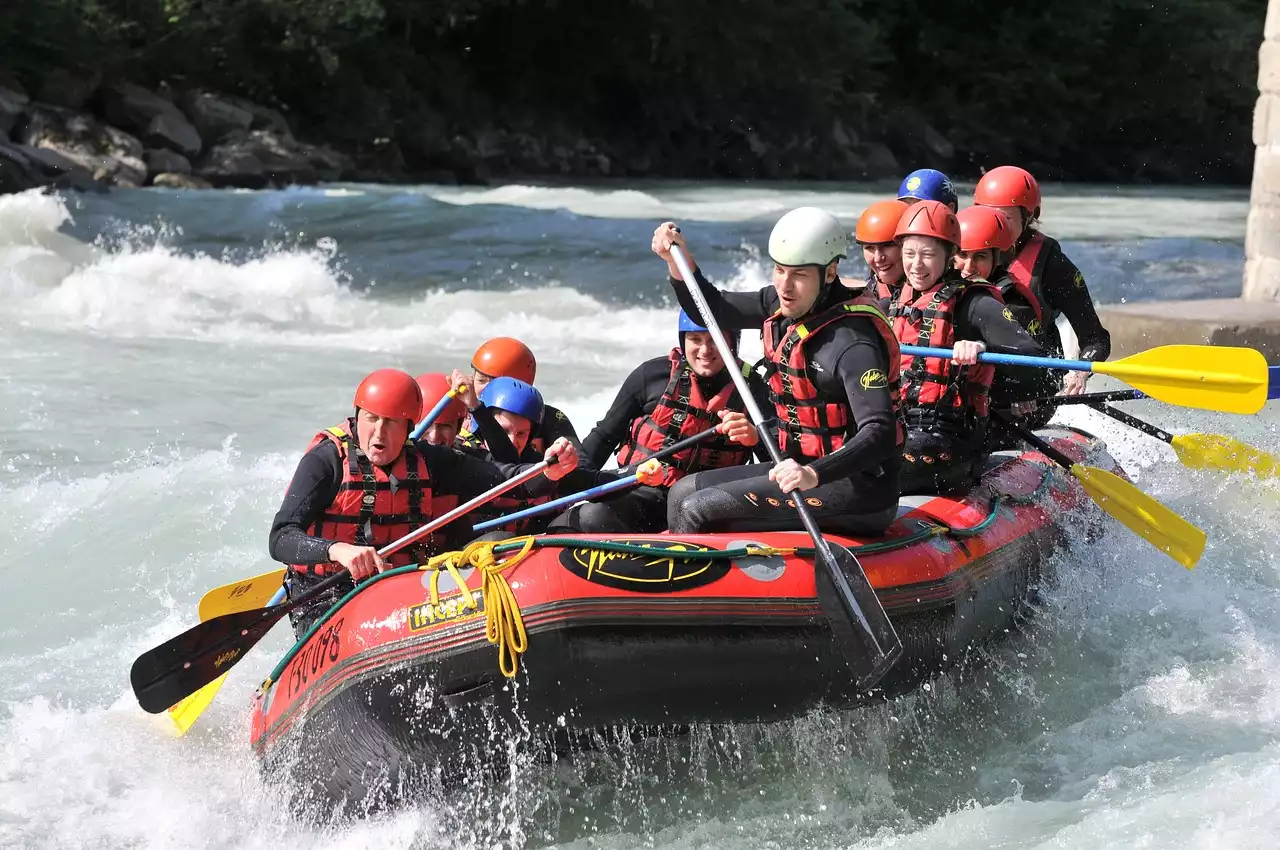
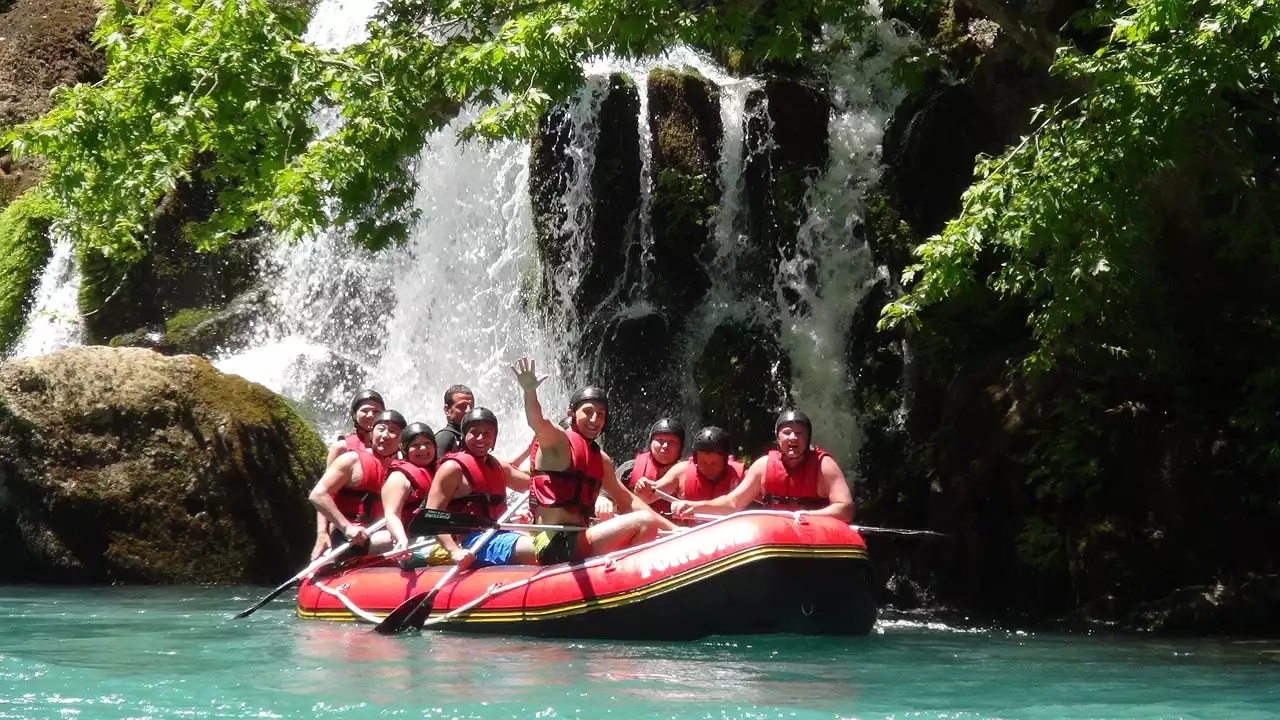
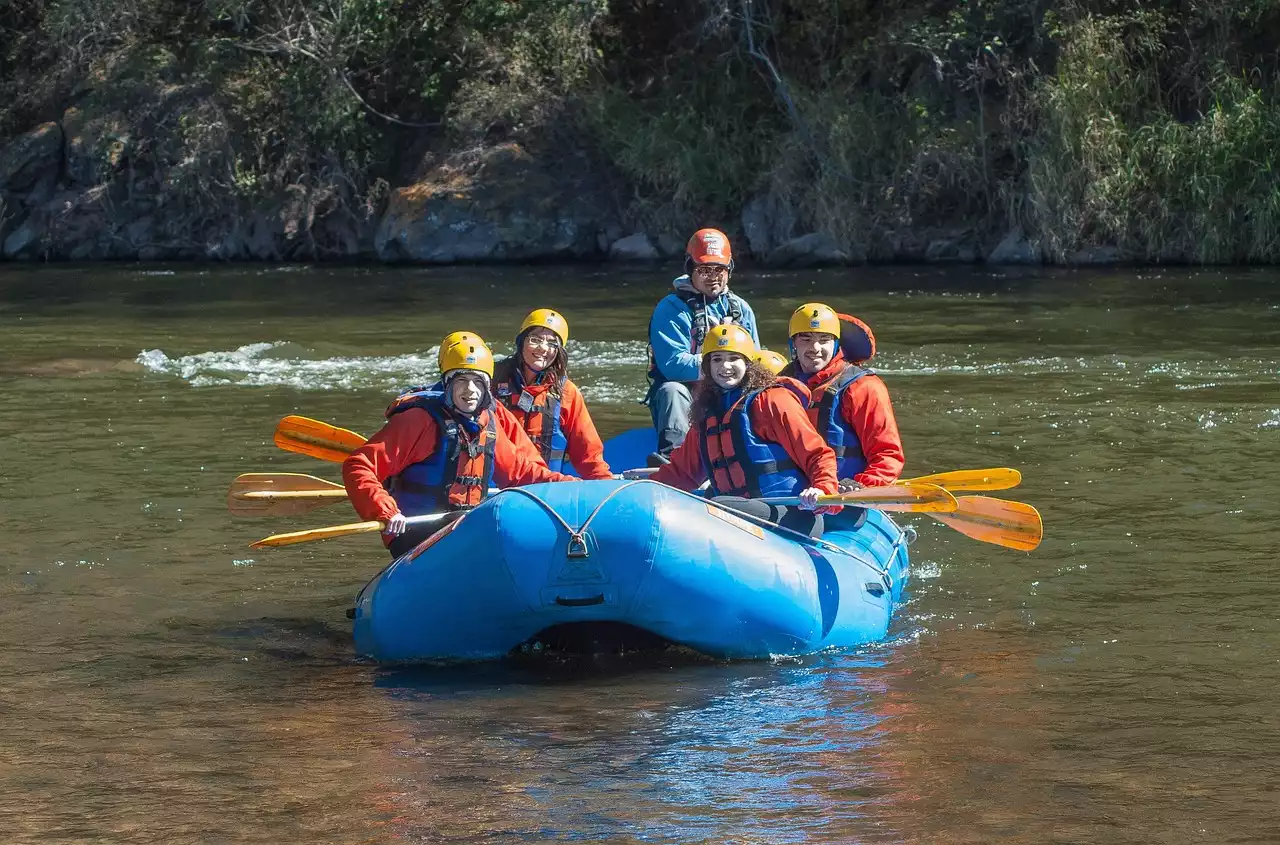
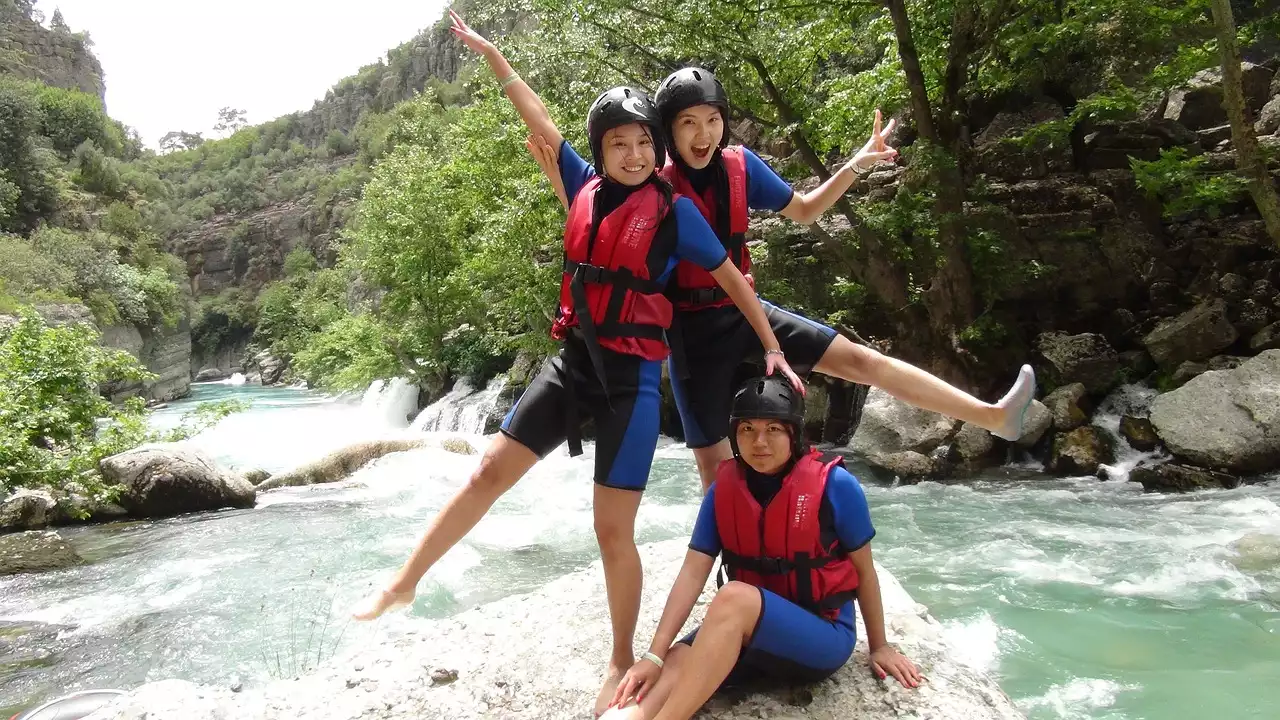
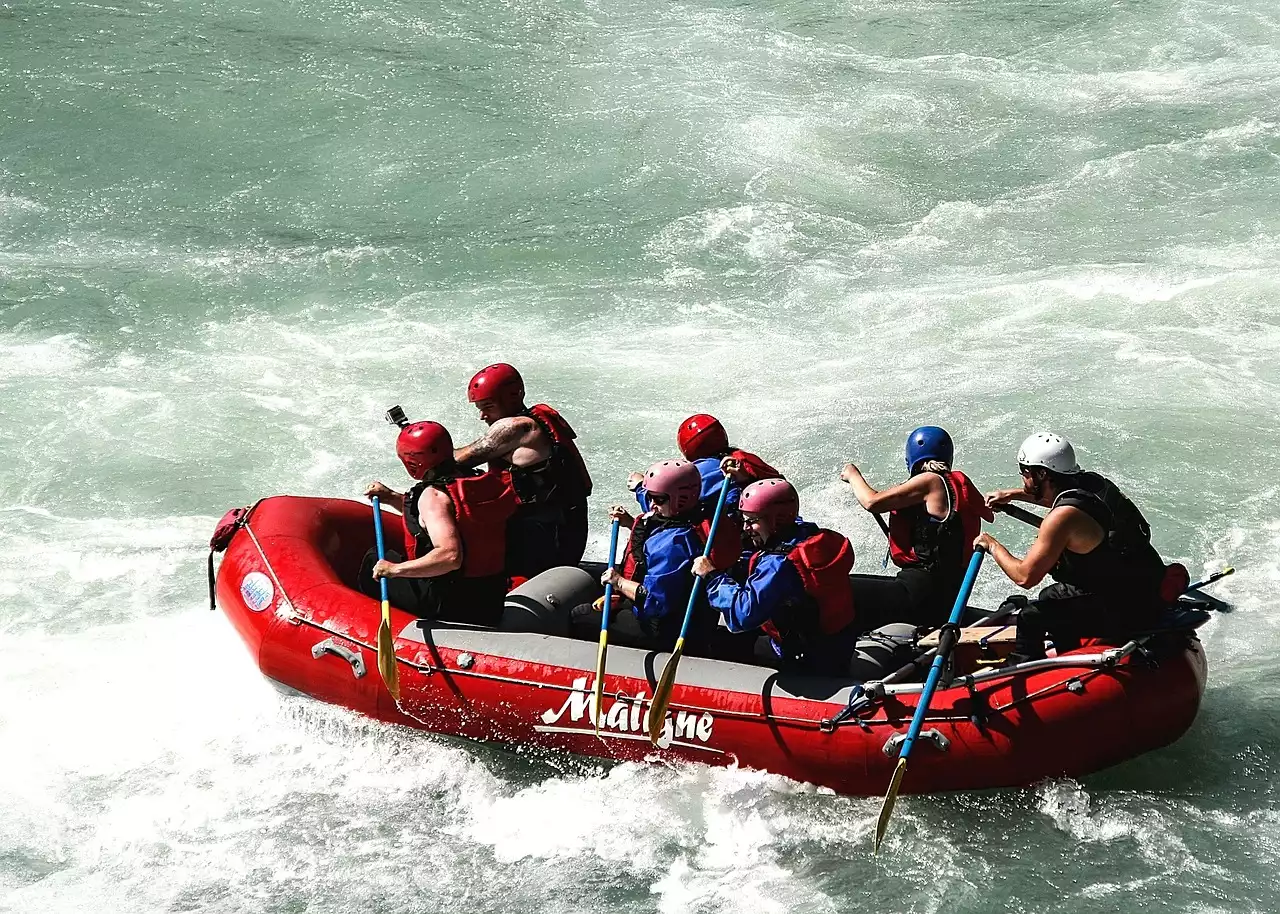





.png?size=50)